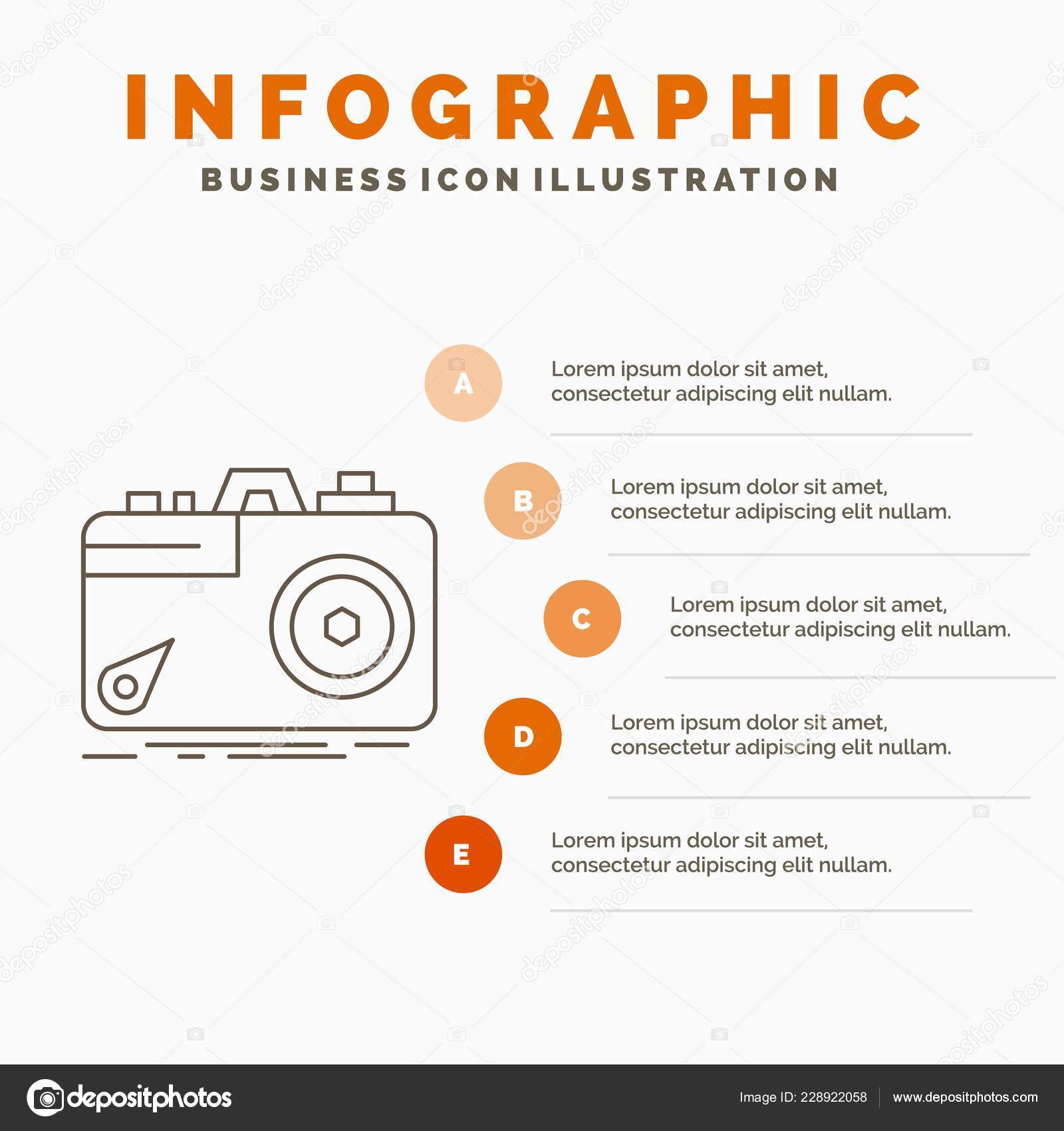Digital Photography Tips For Beginners: Grasping Your Camera In No Time At All
Digital Photography Tips For Beginners: Grasping Your Camera In No Time At All
Blog Article
Write-Up Written By-Tobin Didriksen
When you first pick up your video camera, it can feel frustrating with all the settings and choices offered. You may find yourself questioning how to browse aperture, shutter rate, and ISO properly. Understanding these basics is important, yet there's even more to digital photography than just technical knowledge. Comprehending structure strategies and lighting problems can raise your photos drastically. So, what if copyright photography could learn straightforward approaches to improve your skills and start catching remarkable pictures earlier than you think? Let's check out exactly how to transform your photography journey.
Comprehending Cam Settings
Comprehending your cam settings is vital for catching spectacular pictures. When you grab your cam, familiarize yourself with the 3 major settings: aperture, shutter rate, and ISO. Each plays a vital function in how your images end up.
Start with aperture, which manages the quantity of light entering the lens. A bigger aperture (reduced f-number) lets in much more light and develops a gorgeous history blur, perfect for portraits. Conversely, a narrower aperture (greater f-number) maintains even more of the scene in emphasis, suitable for landscapes.
Next, concentrate on shutter speed. This setting determines the length of time your video camera's sensing unit is subjected to light. A rapid shutter rate ices up activity, which is great for activity shots, while a slow-moving shutter speed can create magnificent effects like smooth water in landscapes.
Last but not least, adjust your ISO. This setup impacts your video camera's level of sensitivity to light. A greater ISO serves in low-light circumstances but can present noise or grain. Aim for the lowest ISO possible while still attaining proper direct exposure.
Structure Methods
When you're out capturing, make-up can make all the difference in how your images resonate with audiences. Start by utilizing the regulation of thirds; imagine your structure split right into nine equal areas with two straight and two upright lines. Placement crucial elements along these lines or at their intersections to create equilibrium and interest.
Next off, take into consideration leading lines. These all-natural lines in your scene, like roadways or rivers, attract the customer's eye into the photo, guiding them with the story you're telling.
Do not forget framing; usage components within your scene, like trees or windows, to produce a framework around your topic, including depth and focus.
Also, watch on photo studio near me . A chaotic history can sidetrack from your primary subject, while a basic one assists it attract attention.
Lastly, explore symmetry and patterns; they can create a striking image that records focus.
Learning Lighting Conditions
Mastering lighting problems is vital for recording sensational photos, as the ideal light can transform an average scene into something remarkable.
Beginning by observing natural light at various times of the day. Mornings and late afternoons supply the best light, known as the gold hour. Read This method , cozy tones during these times can boost your pictures beautifully.
Don't avoid overcast days either; diffused light can minimize extreme darkness and create a pleasing effect, specifically for portraits.
Try out backlighting by placing your topic versus the light. This technique can produce a dreamy halo impact and include depth to your photos.
Take notice of your electronic camera setups too. Readjust the ISO, aperture, and shutter speed to fit the illumination problems. https://telegra.ph/Prepare-To-Uncover-The-Secrets-Of-Travel-Digital-Photography-Basics-That-Will-Transform-Your-Experiences-Right-Into-Captivating--01-07 can assist in reduced light, however be cautious of grain.
Make use of a tripod in darker atmospheres to stay clear of blur.
Finally, don't fail to remember synthetic illumination. Flash and continuous lights can be excellent devices for controlling light in challenging problems.
Final thought
Finally, mastering your electronic camera does not need to be overwhelming. By comprehending your settings, using composition methods, and taking advantage of the power of all-natural light, you'll swiftly raise your digital photography abilities. Bear in mind, practice makes best, so get out there and trying out your newfound expertise. With time and devotion, you'll be recording spectacular pictures that mirror your special viewpoint. Appreciate the journey, and don't forget to have fun while you're at it!
